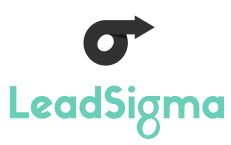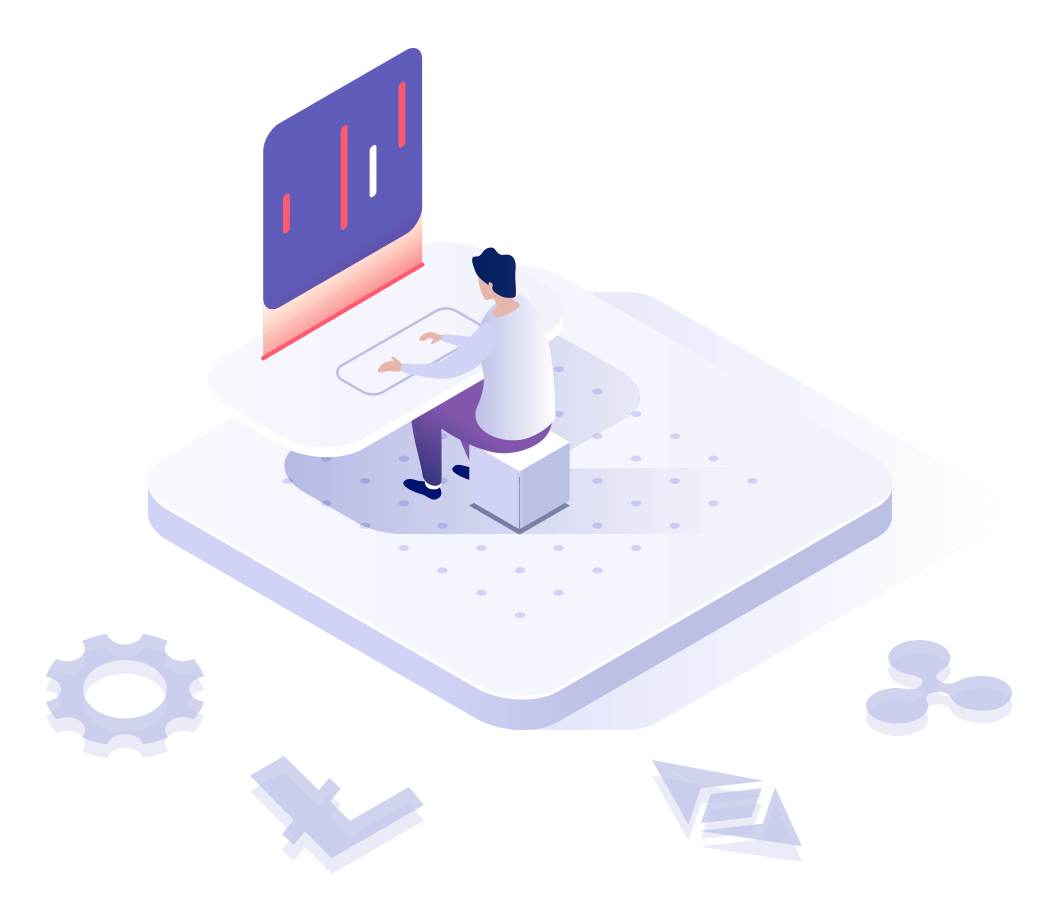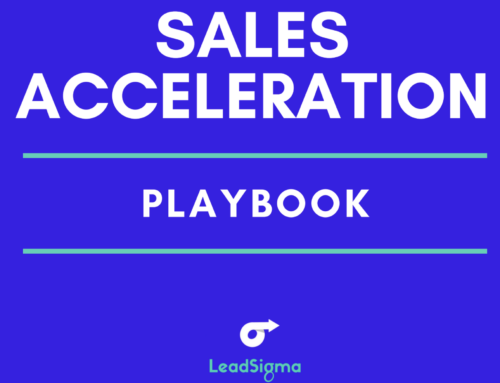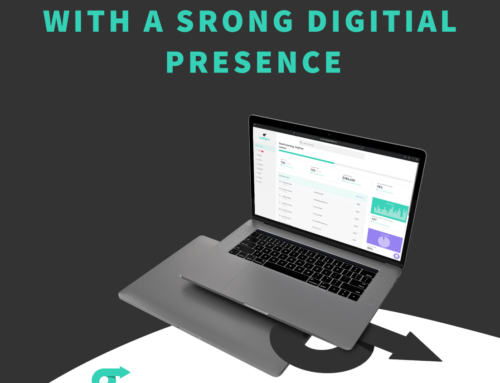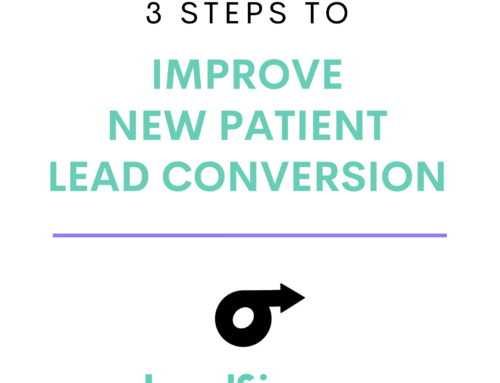Recently, I, like you, have been inundated with countless emails discussing the integration of artificial intelligence (AI) in dentistry.
These emails are all in this flavor:
“We have incorporated cutting-edge AI technology into our product XYZ…”
“The future of dentistry lies in AI…”
“Prepare for a revolutionary change in dentistry with AI…”
And so on and so forth.
Now, let’s delve deeper into the subject and explore how AI is poised to replace key business functions, the speed at which it will do so, the optimal areas to leverage AI, and the transformative effect it will have on dental practices.
To gain a better understanding of AI’s current state, it is helpful to place it in the context of other radical technological advancements. Since AI is a transformative technology for businesses, what better comparison than the era of the Industrial Revolution?
To draw this parallel, let us cast our minds back to another world-altering technology: commercially available electricity.
In the 1890s, prior to the availability of electricity, factories were powered by centrally located steam engines that burned coal. These engines served as the primary power source for the entire factory.
Power generated by the steam engine was transmitted to factory machinery through belts. However, the longer the belts, the greater the energy loss incurred. Consequently, the most energy-intensive machines were placed in immediate proximity to the steam engine, while less energy-hungry machines were positioned farther away. The entire factory layout revolved around the power requirements of the machines and the placement of the central steam engine.
Then came the advent of electricity—a game-changer that propelled the Industrial Revolution forward.
However, when electricity became commercially available, how did factory owners utilize this revolutionary power source?
The simplest and most immediate application was to replace the existing steam engines with electric motors.
This transition resulted in an estimated 15% reduction in power costs (coal expenses versus electricity costs).
But let us not overlook the associated costs of this transition: shutting down factories, halting production, and reconfiguring connections from the electric motor to the existing machinery. Consequently, the adoption of electricity in factories was a slow process (decades).
However, astute factory owners eventually made a powerful realization—electricity offered unparalleled flexibility in factory design. Now the power could be distributed throughout the entire factory, eliminating the need for a centralized power source.
With this breakthrough, the traditional “centralized power design” was no longer a constraint, as machines could now operate at full capacity regardless of their proximity to the central steam engine. This revelation was a game-changer, enabling factory owners to truly re-imagine their factory designs.
And thus, the modern-day assembly line was born, thanks to the visionary mind of Henry Ford!
This innovation facilitated the production of goods at an accelerated pace and reduced costs. As a result, not only did living standards improve with more affordable goods, but the assembly line also played a crucial role in securing the victory of the United States in World War II.
So, how does this historical narrative relate to AI’s impact on dentistry?
Currently, AI is incrementally enhancing many of our business processes, making them approximately 15% more efficient. For instance, we can save time by employing ChatGPT for certain workflows or utilizing Bard for superior and faster search capabilities. Most AI applications are presently focused on optimizing existing workflows rather than completely overhauling them.
However, a transformative shift is on the horizon.
Imagine a world in which certain human-powered workflows disappear…
Soon your team may no longer need to interact with new patients until they arrive at the office.
What if the treatment plan could be generated and paid for before the patient’s first visit?
Envision an ad agency that no longer needs to contemplate which advertisement produced the highest ROI – ad copy, design, and targeting will dynamically shift.
Imagine your schedule template shifting dynamically to optimize doctor/patient flow and practice production. Or maybe – there is no template at all.
Think of never interacting with an insurance company again because all communication was automated?
What if most of your routine phone calls could be handled by AI, leaving your team more time for personal connections with patients?
Dental and orthodontic practices will be able to operate more profitably, with ½ the ratio of staff:patients.
—————–
AI is going to radically improve dental businesses just as electricity radically improved manufacturing in factories around the world.
The question is, will you be looking at AI as a way to simply replace your steam engine, or to radically change your factory?
Who is going to be the Henry Ford of dentistry? Could it be you or me?
Cheers to the future!
